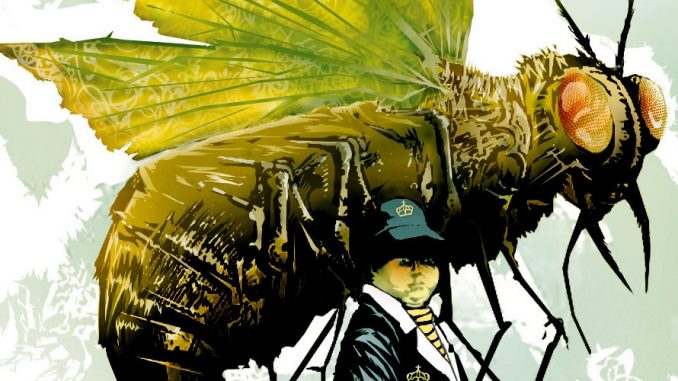
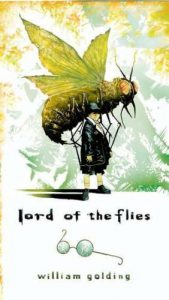
Stranded on an uninhabited island, a group of boys grapples with survival and the unraveling of their civilized society. Their struggle for power and the erosion of morality exposes the primal instincts that lie within, unveiling a haunting exploration of human nature’s inherent darkness.
Author: William Golding
Year of publication: 1954
Pages: 208
Complexity
CEFR: B2/C1
Plot Complexity: high
Language Complexity: moderate
Ideas Complexity: high
Lord of the Flies features a moderately complex plot with multiple story lines and a moderate number of characters. The language used in the novel is moderately complex, going beyond the basics and incorporating a range of vocabulary and sentence structures. The ideas explored in the novel delve deeper into certain themes and concepts, requiring some contemplation from readers but remaining relatively accessible to most
Blurb
At the dawn of the next world war, a plane crashes on an uncharted island, stranding a group of schoolboys. At first, with no adult supervision, their freedom is something to celebrate; this far from civilization the boys can do anything they want. Anything. They attempt to forge their own society, failing, however, in the face of terror, sin and evil. And as order collapses, as strange howls echo in the night, as terror begins its reign, the hope of adventure seems as far from reality as the hope of being rescued. Labeled a parable, an allegory, a myth, a morality tale, a parody, a political treatise, even a vision of the apocalypse, Lord of the Flies is perhaps our most memorable tale about “the end of innocence, the darkness of man’s heart.”
YouTube Review
(Video removed? Please notify me at video@rookreading.com)
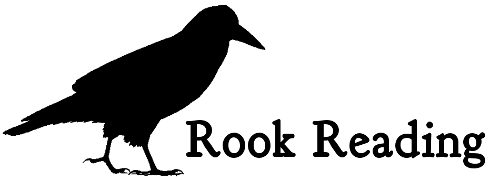


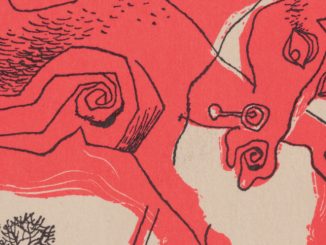

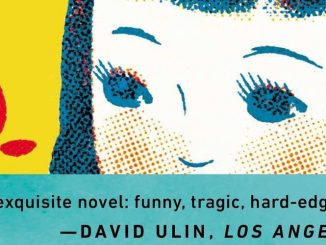
Be the first to comment